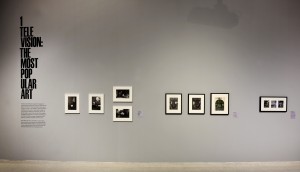
The new medium of television captured the imagination of cultural figures both high and low. Artists and intellectuals were quick to comment on its virtues and limitations and to assess its impact on society. In Lee Friedlander’s epochal photographs of glowing television screens in rooms devoid of people, the young medium was depicted as omnipresent, intrusive, and ghostly. Magazine covers by Peter Arno and Charles Addams exemplified the negative view of TV held by many, depicting it as sinister and controlling, a populist surrogate for modern painting or a vehicle of manipulation and mind control.
But for other early critics, commentators, and participants, television offered new and dynamic ways of representing the world, much like modern art before it. The attraction between the two is typified by stills from The Dinah Shore Show, with stage sets inspired by the work of avant-garde artists.
(Above) installation view: Revolution of the Eye, NSU Art Museum Fort Lauderdale, October 2015. Courtesy of NSU Art Museum

Lee Friedlander, Florida, 1963. Gelatin silver print. Courtesy of Fraenkel Gallery, San Francisco, and Pace/MacGill Gallery, New York

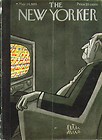
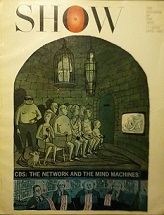
Peter Arno, cover art for The New Yorker, September 30, 1950, and May 14, 1955; Charles Addams, cover art for Show, April 1962
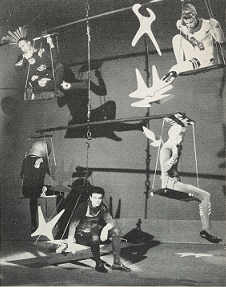
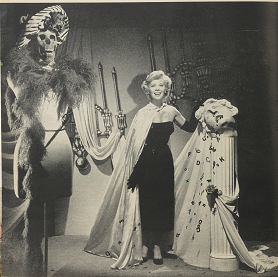
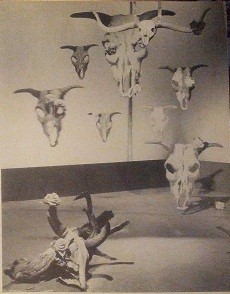
Production stills, The Dinah Shore Show, 1952 and 1953; stage sets based on art by Alexander Calder, Surrealism, and Georgia O’Keeffe
In 1952 and 1953 The Dinah Shore Show, hosted by the popular singer and actress, commissioned set designs influenced by Alexander Calder, Raoul Dufy, Georgia O’Keeffe, Pablo Picasso, and other modern artists. “Painting and sculpture, usually confined to galleries or private collections,” wrote Look magazine at the time, “have been receiving attention on coast-to-coast television. Art of this sort is being brought to a much wider audience.”